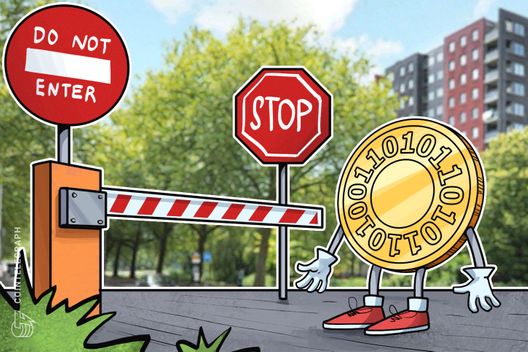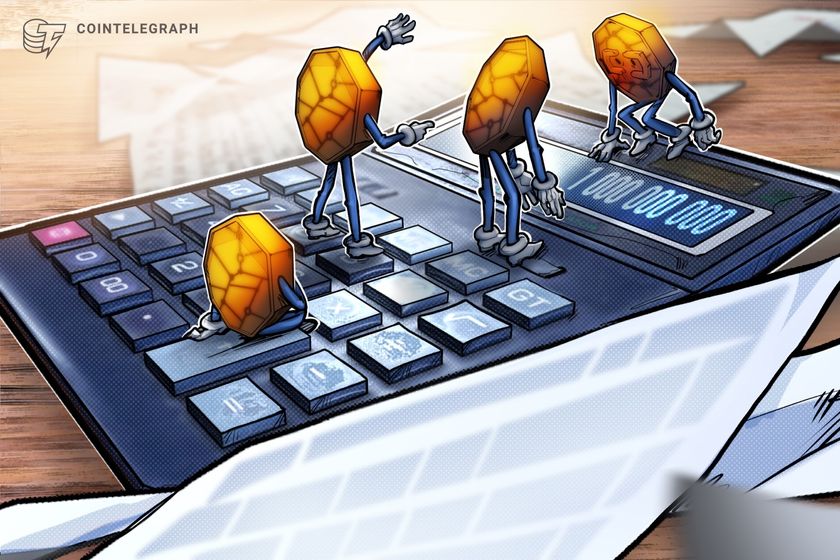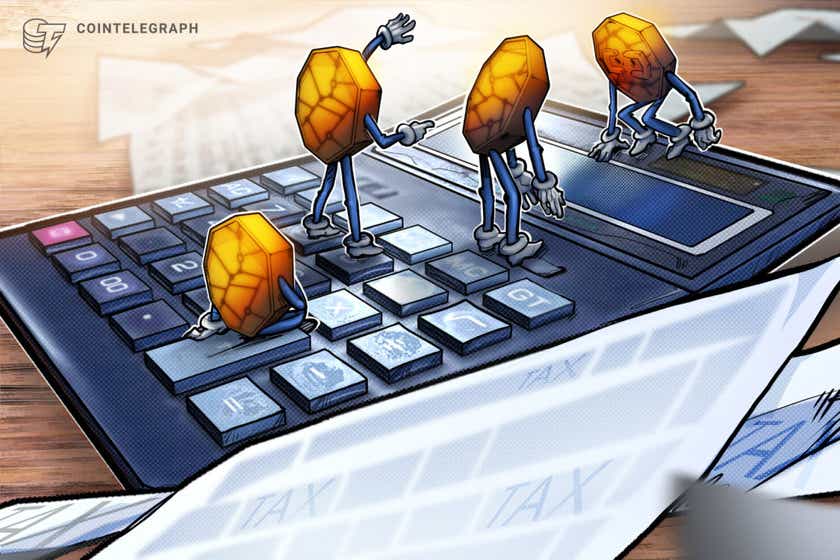Altcoin Roundup: Market cycle analysis screamed ‘take profit’ ahead of May 19 sell-off
Welcome to Cointelegraph Market’s weekly newsletter. This week we will identify emerging-sector trends across the cryptocurrency landscape in order to broaden your understanding of market cycles and better equip readers to take advantage of the microcycles that are a regular occurrence in the larger market structure.
The cryptocurrency sector has an established reputation for being volatile and fast-moving, and these characteristics were on full display in May as the rapid decline in the price of Bitcoin (BTC) from $60,000 to $33,000 led to a mass exodus that wiped off $1.2 trillion in value from the total market capitalization.
While many across the ecosystem have placed the blame for the downturn on things like negative tweets from influencers and powerful figures like Elon Musk or yet another announcement that the government of China has banned Bitcoin, more experienced traders and analysts were warning about the potential for a significant pullback for several weeks prior to the sell-off.
The rapid rise in prices in 2021 showed some of the classic signs of bubble-like behavior, with overbought alarm bells ringing while Uber drivers and grocery clerks were pleased as punch to offer their opinion on what the next big mover would be.
With that said, now seems like a good time to review the various stages of a market cycle to help get a better understanding of what the market has gone through so far and what can potentially be expected in the months and years ahead.
Four phases of a market cycle
The four basic phases of a market cycle, which all traders should have a basic understanding of, are the accumulation phase, the mark-up phase, the distribution phase and the mark-down phase.

The accumulation phase takes place after a market has bottomed out and is characterized by the innovators and early adopters buying up the asset for its long-term potential before any significant price moves.
This phase was seen in the cryptocurrency market beginning around December 2018 when the price of BTC bottomed below $3,500 and extended all the way until October 2020 when its price began to meaningfully rise above $12,000.

The mark-up phase really began to heat up in December 2020 and extended into January 2021 as BTC and the decentralized finance (DeFi) sector were attracting global attention, with the total market capitalization climbing to a high above $2.5 trillion in May as the distribution phase began to initiate.

During distribution phases, sellers begin to dominate and the previously bullish sentiment turns mixed, leading to prices getting locked in a trading range. The phase ends when the market reverses direction.
Some of the typical chart patterns seen during this time, as outlined by Investopedia, are double and triple tops alongside well-known head-and-shoulders patterns, which were the warning signs presented by BTC and seen by technical analysts ahead of this most recent sell-off.
— K A R N A (@iamrajankarna) June 8, 2021
Similar to the 2017–2018 bull market, the price of BTC reached a new all-time high (ATH) and then began to trend down, which resulted in funds rotating out of Bitcoin and into the altcoin market, further propelling the total market capitalization to a record high of $2.53 trillion on May 12.
For the astute crypto trader, this pattern was a sign that a mark-down phase was approaching and that it would be wise to take profits as BTC fluctuated between $40,000 and $60,000 and altcoins spiked to all-time highs in preparation to ride out the sell-off and scoop up tokens at a discount during the next bottom.
Deploying funds in the accumulation phase
Now that the market has experienced a significant pullback and continues to search for a price floor, it’s a crucial time to monitor price movements, with an eye on looking for good entry points into viable projects.
Perhaps the most well-known graphic detailing the typical market cycle is Wall St. Cheat Sheet’s “Psychology of a Market Cycle.” The pattern has appeared in markets of all types, from stocks and commodities to cryptocurrencies and real estate.

Looking at the chart for Bitcoin, we can see a similar price pattern that began late in 2020 with a possible “disbelief” phase starting in November. The early run-up in January is similar in appearance to the “hope” phase on the chart above and was followed by a multimonth run-up to a euphoric all-time high in April.

The price then dipped down from $64,000 to $47,000 before bouncing back to the $53,000–$60,000 range as complacency began to set in. The sell-off in May propelled the market through the anxiety, denial, panic and capitulation phases, and the ecosystem’s reaction to Musk’s tweets, in addition to other forces putting downward pressure on the market, elicited a significant amount of anger within the community.
Now comes the challenge of dealing with the depression of a significantly lower portfolio value and trying to decide if the market has bottomed, signaling that it is a good time to redeploy funds, or if the best thing one can do is sit on their hands and wait for further developments.
Major price rallies during this time are often viewed with disbelief as a sucker’s rally — thus, the cycle is complete, and we are back at the beginning.
So, does that mean that now is a good time to accumulate your favorite projects’ tokens?
Unfortunately, there is no guaranteed correct answer to that question, and it is something for each investor to determine on their own. With previously in-demand tokens now at significant discounts compared with just one month ago, this could be a good time to begin dollar-cost averaging back into the top long-term choices in preparation for the next cycle higher.
Cryptocurrency sector cycles
The typical cycle presented here can be applied to the market as a whole as well as to individual tokens or token sectors.
A good example of this is the rise of decentralized finance over the past year, which took the cryptocurrency market by storm, led by the emergence of popular decentralized exchanges like Uniswap and lending platforms like Aave.

As seen in the chart above, the DeFi sector as a whole went through its own market cycle pattern that coincided with its rising popularity and use across the ecosystem.
A similar pattern was seen in the rise of nonfungible tokens (NFTs) in 2021, but the timing was different, highlighting the idea that sectors move together and hinting at the possible benefits of a sector-based approach to investing in cryptocurrencies.

In order to take advantage of these opportunities, traders are at times forced to adopt a contrarian approach. The accumulation phase is often marked by decreased sentiment, but the best time to sell is during the distribution phase when sentiment is at its highest and a majority of traders are going all-in with hopes of great riches.
As for the current market outlook, it’s possible that the best course of action is adopting a wait-and-see approach while keeping some dry powder on the sidelines to take advantage of any “flash sales” that may come our way. Whatever you may choose, just remember to do your own research and have a risk management process in place, as the historically volatile nature of the cryptocurrency market shows no signs of abating any time soon.
Want more information about market cycles?
- Bitcoin price is fragile, but on-chain data points to fresh accumulation
- ‘Discounted’ Bitcoin more likely to hit $100K than $20K in 2021, says Bloomberg analyst
- 3 convincing signs the Bitcoin bears have stopped selling
- Is Ethereum in a bull trap? ETH price signals breakdown versus Bitcoin
- Classic technical indicator foresees another massive Bitcoin price drop with $16K target
The views and opinions expressed here are solely those of the author and do not necessarily reflect the views of Cointelegraph.com. Every investment and trading move involves risk, you should conduct your own research when making a decision.









